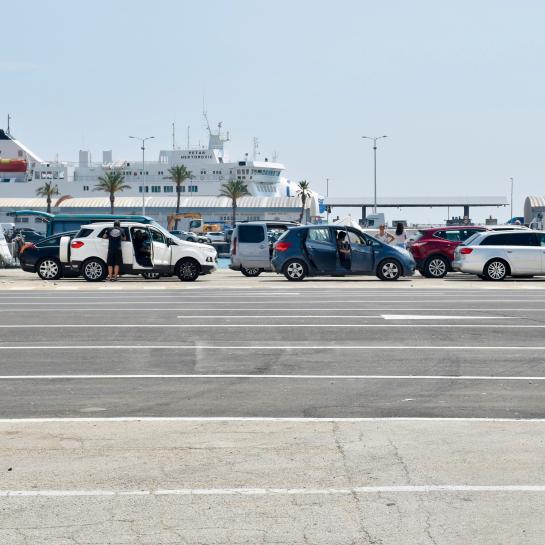
Acronym: PopEye
Title: robust Privacy-preserving biOmetric technologies for Passengers’ identification and verification at EU external borders maximising the accuracY, reliability and throughput of the rEcognition.
| Call | HORIZON-CL3-2023-BM-01 |
| EU nr | 101168317 |
| Period | 36 months - 01.10.2024 to 30.09.2027 |
| Project budget | € 3,212,719.63 |
| VUB budget | € 246,000 |
| Contact | Prof. Dr. Vagelis Papakonstantinou |
What is the PopEye project about, and what problems is it addressing?
PopEye aims to improve the identification and verification process at the EU's external borders. Currently, travellers and Border Authorities face long wait times and inefficiencies, largely due to the limitations of existing biometric technologies like fingerprint and 2D facial recognition. These methods often produce false positives or negatives, and struggle with accuracy under certain conditions, such as poor lighting or changes in appearance. PopEye will develop a new biometric framework that overcomes these challenges, enhancing the reliability of identification.
Why is the PopEye project important to VUB?
VUB is deeply committed to ethics and diversity, and we have significant experience in border management and biometrics research. In the PopEye project, VUB, alongside KU Leuven, will lead efforts to ensure that the project complies with ethical standards and AI regulations. We'll conduct integrated impact assessments to safeguard human rights, privacy, and data protection, ensuring that the project respects societal values and fundamental rights.
What are the main goals and methods of the PopEye project?
PopEye aims to support both EU citizens and Third Country Nationals by introducing advanced biometric technologies that comply with regulations like GDPR and the AI Act. Our approach includes integrating gait recognition with other biometric methods to enhance security and improve the efficiency of border-crossing processes.
What impact do you expect PopEye to have?
PopEye will strengthen security at EU borders by using more reliable biometric technologies. It will also make border crossings smoother for travellers by allowing identification on the move, without the need to stop. This will improve the productivity of Border Authorities and make the process faster and more efficient.
